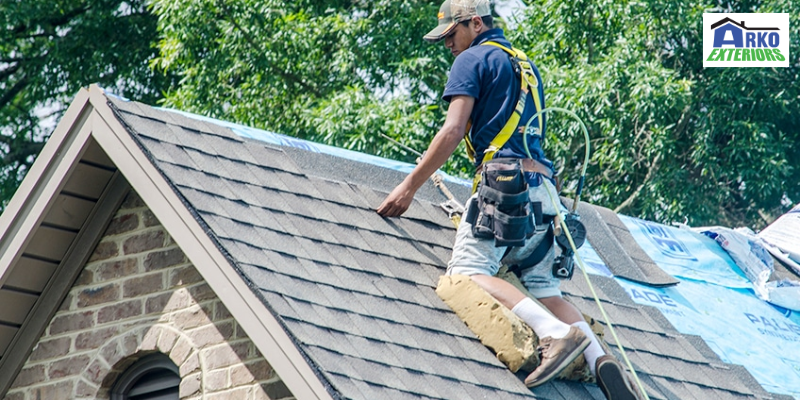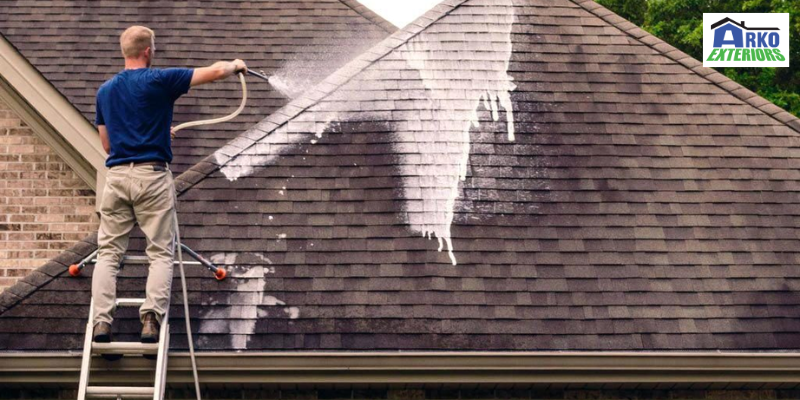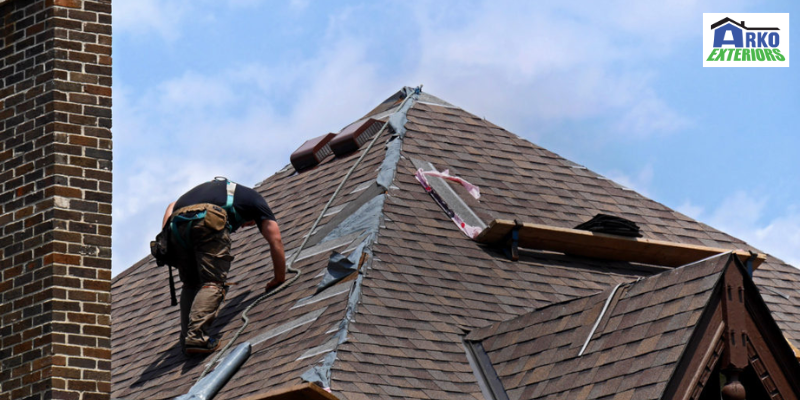The effects of Minnesota’s harsh winter weather can be detrimental to steep-slope roof systems. Ice dams, or the backup of accumulated snow or ice at perimeter walls and gutters, are the most typical issue.
Openings at fascias and eaves allow water to enter the building as the ice dams begin to melt. It is important to check the fascia panels for separation from the substrate and apertures at joints.
According to the ICC building code, eaves flashing must be applied at least three feet upslope from the boundary. This material acts as a flashing material to prevent moisture infiltration from ice dams that find their way under the shingles and is often thicker than a conventional underlayment.
The perimeter edge is where the eaves flashing material needs to be fully bonded to the substrate.
For owners of both flat and steep roofs, issues like ice damming, snow accumulation, and icicles can be risky and expensive. The repeated freezing and thawing of melting snow results in the formation of ice dams, which can be harmful to a roof. Additionally, slush can block gutters. This results in water being forced under the roof, swelling of the deck, buckling of the deck and shingles, and damage to the insulation, walls, ceilings and other structural elements of a building. Fortunately, there are measures that property owners can take right away to lessen the risk of this kind of harm.
Here are some winter maintenance considerations…
#1 Ensure proper ventilation in your attic
Adequate ventilation might be the most effective protection against winter weather for residential asphalt roofing systems. Insufficient ventilation allows water vapor from cleaning, cooking and bathing to condense on the cool underside of a roof deck. If left unattended, this moisture buildup can harm drywall, insulation and the deck.
To avoid snow on the roof from melting and then refreezing at the eaves, proper ventilation must be maintained. To determine your precise ventilation needs, check with your local contractor on building codes.
#2 Make sure the attic is well-insulated
Warm air can escape from the home and enter an attic, where it can reach the underside of a roof deck and lead to ice damming. Attic insulation at the ceiling level aids in preventing this from happening.
The attic stays cold and the rest of the house stays warm thanks to proper insulation– your heating bill may decrease as a result. Without removing the roof, decent attic ventilation and insulation can be installed in homes.
#3 Examine and maintain a building’s roof

Low-slope asphalt roofs should be inspected twice a year, in the spring and the fall, to spot possible issues and make necessary repairs.
#4 Cleaning the roof

A fall check is important because once a coating of snow accumulates, it may bury access points, making it more challenging to reach the roof’s gutters and drains. It’s crucial to remove any leaves, twigs or other debris that are covering the roof’s surfaces before beginning this check in the autumn months. In addition, make sure to take out any outdated equipment that can get damaged in strong winds and search the area for any other loose pieces that might cause trouble.
When leaves and other debris build up in the gutter system, the downspouts eventually become clogged and rainwater overflows, potentially causing damage to the building’s façade and the roof. It’s also possible for the gutters to become dislodged from their anchor point and collapse under the additional weight of wet leaves and water.
#5 Repair all flashing
Don’t forget your flashing if you’re considering winter roof maintenance. Even if it was installed properly only a few years ago, flashing might easily become loose or distorted, which could cause a lot of issues.
Snow and ice water can penetrate your roof through damaged flashing, potentially causing leaks inside your house. Check your flashing to minimize the possibility of problems.
#6 Regularly check your gutters
Your gutters are typically the first area you’ll notice issues if you have an ice and snow problem. Regularly check them for accumulation and ice blockages. In general, icicles hanging from gutters indicate that there is a problem and that the area needs to be cleaned up.
Your gutters will become weak if you allow them to accumulate ice because the weight will be too much for them to bear. In the worst-case situation, they might leave your house and seriously harm its structure, costing you a lot of money to fix.
Summary:
Roof maintenance is a difficult chore throughout the year, but the winter presents extra difficulties. Additionally, who wants to climb onto their roof when it’s cold outside and snow is in the forecast? You’d probably prefer to keep warm and dry inside your house because it’s a difficult chore to complete.
In Minnesota, no matter what time of year (yes, even winter), Arko Exteriors provides qualified roof maintenance and repair services. Call Arko Exteriors at 763-434-2756 for more information.

